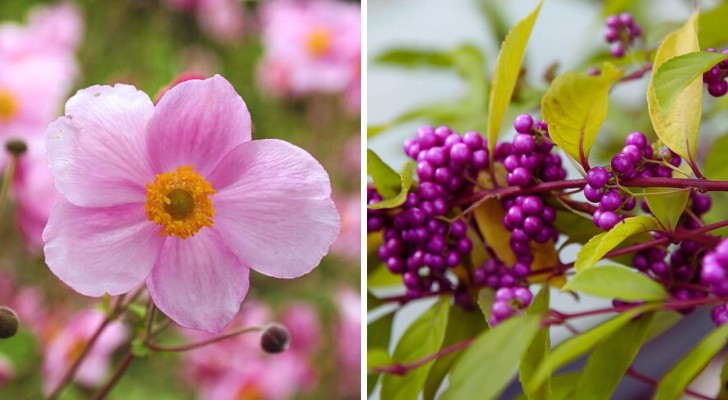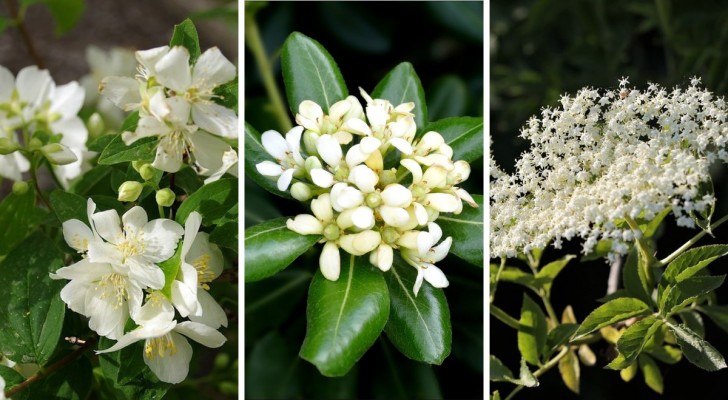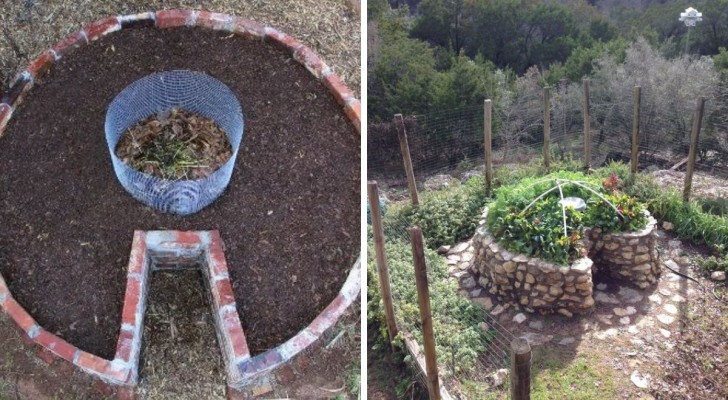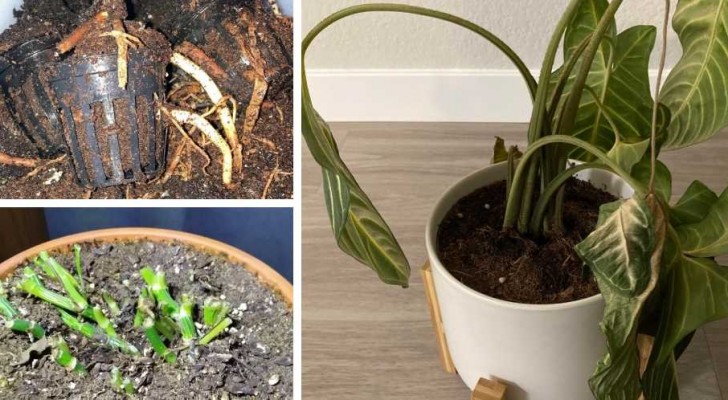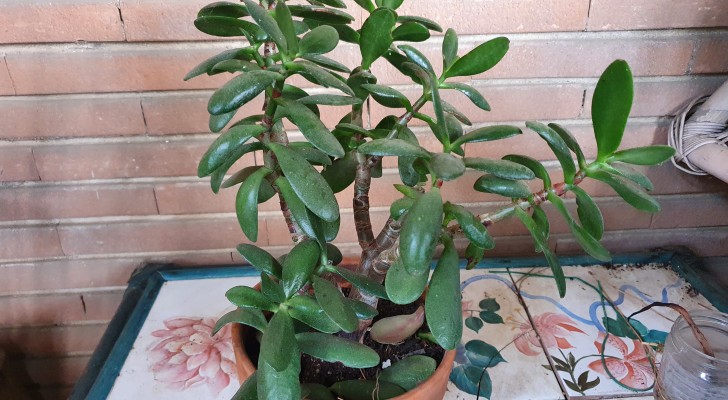Make your garden more drought resistant: 11 valuable tips
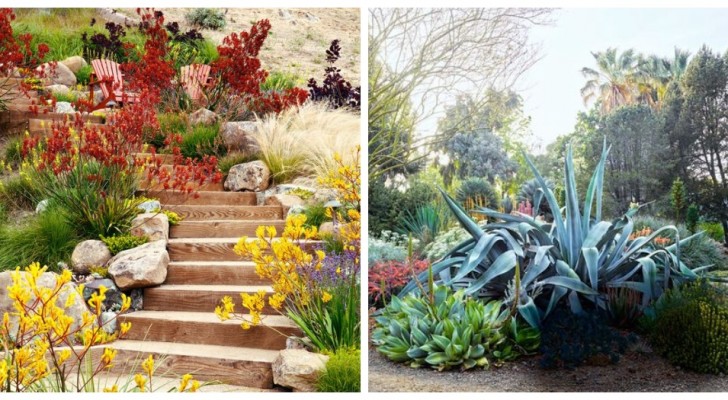
Climate change has been underway for many years and is making it increasingly difficult to supply water to many areas of the world, and so it is also important for avid gardeners to understand how to help out the garden by making them more resistant to drought.
At certain times of the year - and especially in areas where there is a water shortage - watering the lawn daily (even at night) becomes wasteful, and even some plants that are traditionally grown in gardens are less suitable than others to withstand periods of drought. What should we do then to overcome this problem? There are some tips that can come in handy - see some below:
1. Use compost in the soil. Incorporate compost into the soil around decorative garden plants. This helps the substrate in which they root to hold water for longer. Furthermore, this procedure has the benefit of promoting the percolation of water through the soil - so even when periods of intense rain occur, water stagnation (equally harmful to plants) is avoided.
2. Use mulch: Covering the soil surface with an organic mulch up to 5-7 cm, is another way to protect the soil from excessive heat and it slows the evaporation of water. Use shredded leaves or bark.
3. Choose plants that tolerate drought conditions, and that are able to survive significant temperature fluctuations. One way to determine the most suitable species is to find out about the locally-growning species: it is not a rule that one should choose certain types of succulents (which may not resist the cold) or other very leathery plants such as agave and similar. Maybe the plants growing naturally and wild in our area can give us inspiration.
4. Avoid or reduce cultivation of plants in pots or planters that are not very large: plants placed in smaller pots require more water than the same species planted in the open ground. But if this is the only way available (i.e. using pots), then make your potted plants drought-proof by planting appropriate species (and not those like hydrangeas, for example).
5. Do not ignore certain herbaceous plants and grasses: they are less popular than many ornamental shrubs, but they also come in a thousand shapes and colors - and above all, they are much more resistant to extreme weather conditions in which we now often find ourselves due to global climate change.
6. Do not cut the lawn - or in any case, don't cut it too short - because the shorter the grass, the less it will protect the ground below from heat and the faster the water in the soil will evaporate. If you really have to mow the lawn in periods of drought, do it during the coolest moments of the day (and best in the evening), leaving the cuttings on the ground.
7. In dry periods, stop fertilizing plants and the lawn, which increases the their need for water, making them more vulnerable to drought periods.
8. If your lawn turns brown in the summer, don't worry: many types of lawn react to extreme heat this way, but reamins ready to turn green as soon as it rains again and temperatures drop. To help further, you can still reduce the lawn area of by setting up rockery flower beds with plants that tolerate drought conditions.
9. To water, do not use sprays that shoot water into the air, but use drip systems and tubing that runs along the ground: when it is hot, sprayed water evaporates in large quantities whilst airborne instead of reaching the plants, and is very wasteful.
10. Watering frequency: it is better to water plants abundantly, but less often, than a little but every day. And you should always water them early in the morning or late in the evening.
11. In periods of severe drought, do not do any work in the garden: no pruning (not even of hedges or trees), repotting, transplanting or planting, or any operations in which the plants will end up needing more water than usual.
These are valuable tips for overcoming periods of drought without sustaining too much damage.
J. Marinelli, Ten Steps to Drought-Resistant Gardening (The National Wildlife Federation)
